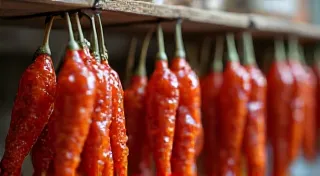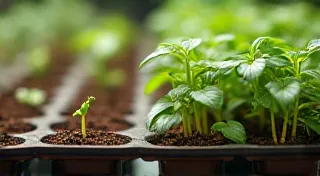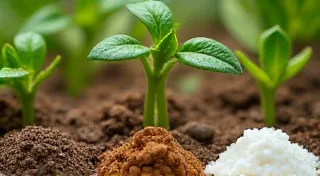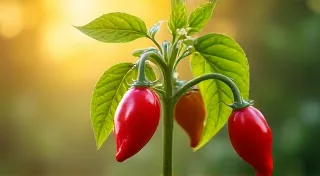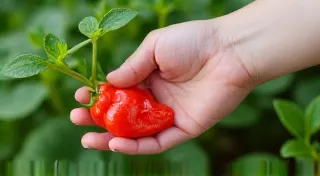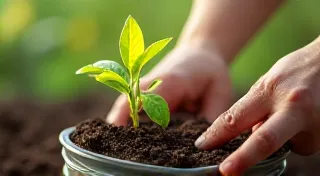Growing Peppers in Containers: A Guide for Small Spaces
So you've been bitten by the pepper-growing bug, but lack a sprawling garden? Don't worry! Growing specialty peppers, even fiery varieties like ghost peppers and scotch bonnets, is entirely possible – and quite rewarding – in containers. This guide provides step-by-step instructions for successful container pepper growing, perfect for balconies, patios, and small spaces.
Why Container Growing for Peppers?
Container growing offers several advantages for pepper enthusiasts with limited space:
- Space-Saving: Obvious, but key! Maximize your yield in a small footprint.
- Portability: Move your pepper plants to chase the sun or protect them from harsh weather.
- Control: Better control over soil quality, watering, and fertilization.
- Reduced Pest & Disease Issues: Container growing can minimize exposure to ground-based pests and diseases.
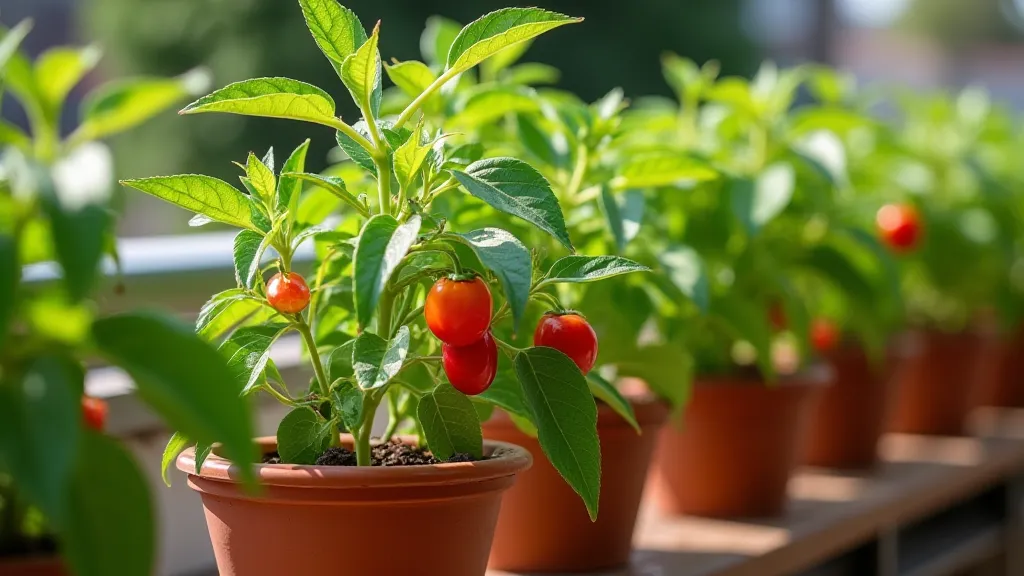
Choosing the Right Containers
The container you select is critical for healthy pepper growth. Here's what to consider:
- Size Matters: Aim for a minimum of 5 gallons (approximately 19 liters) per pepper plant. Larger varieties, like ghost peppers, prefer even larger containers (7-10 gallons).
- Drainage: Absolutely essential! Ensure your containers have ample drainage holes.
- Material: Terracotta, plastic, resin, and fabric pots all work well. Terracotta dries out faster, while plastic retains moisture longer.
Choosing the Right Pepper Varieties for Containers
While most pepper varieties *can* be grown in containers, some are better suited than others. Compact varieties tend to perform best. Here are a few recommendations:
- Ghost Peppers (Bhut Jolokia): Prepare for serious heat! Needs plenty of sunlight.
- Scotch Bonnets: Beautiful and flavorful, these require ample space and sunlight.
- Habaneros: Compact and prolific producers of fiery peppers.
- Thai Peppers: Small and manageable, perfect for small spaces.
Soil, Sunlight, and Water
Soil: Use a high-quality potting mix designed for containers. Avoid garden soil, as it compacts and drains poorly. A blend of peat moss, perlite, and vermiculite works well. You can also add compost for added nutrients.
Sunlight: Specialty peppers crave sunlight! Aim for at least 6-8 hours of direct sunlight per day. If you're growing indoors, supplemental grow lights may be necessary.
Water: Water deeply when the top inch of soil feels dry. Container-grown peppers dry out faster than those in the ground, especially during hot weather. Avoid overwatering, which can lead to root rot.
Fertilizing Your Container Peppers
Container plants rely on you to provide nutrients. Feed your pepper plants regularly with a balanced fertilizer, following the manufacturer's instructions. Look for a fertilizer specifically formulated for vegetables or flowering plants. A fertilizer with a higher phosphorus (P) content will encourage flowering and fruit production.
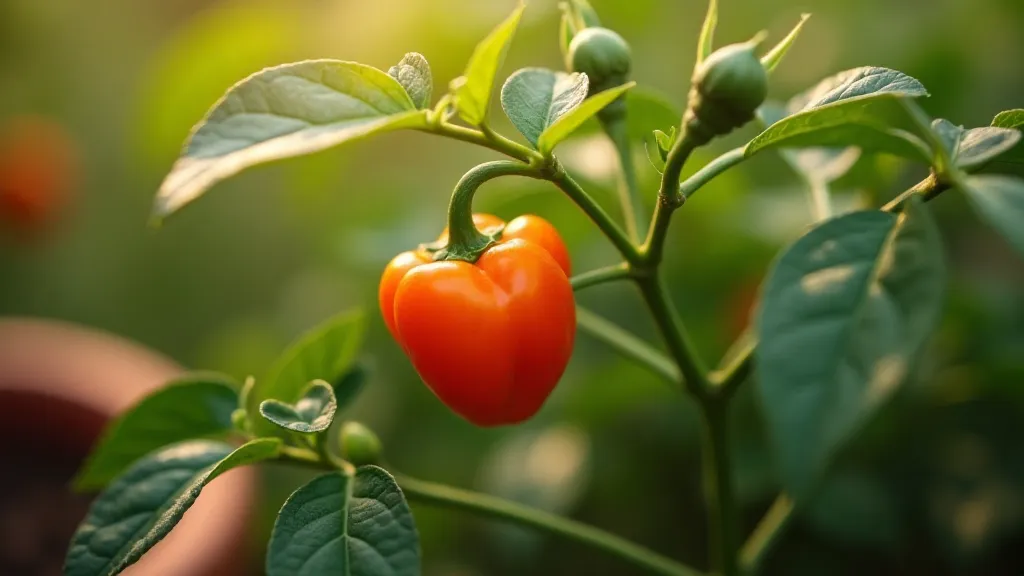
Common Pests and Diseases
While container growing minimizes some pest and disease problems, they can still occur. Common pests include aphids, whiteflies, and spider mites. Inspect your plants regularly and treat any infestations promptly with insecticidal soap or neem oil. To prevent diseases, ensure good air circulation and avoid overwatering.
Harvesting Your Peppers
Harvest your peppers when they reach their full color and size. Ghost peppers typically turn from green to orange-red, while scotch bonnets turn bright red. Handle hot peppers with care, wearing gloves to avoid skin irritation. Enjoy the fruits (or rather, peppers!) of your labor!
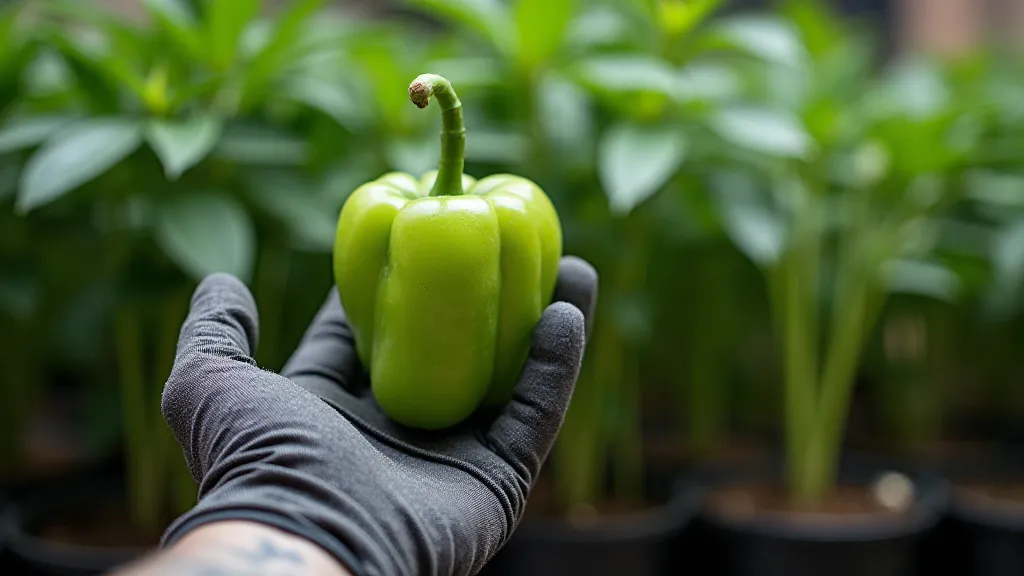
Conclusion
Growing specialty peppers in containers is a rewarding experience. With a little planning and care, you can enjoy a bountiful harvest of hot and flavorful peppers, even in a small space. Happy growing!
